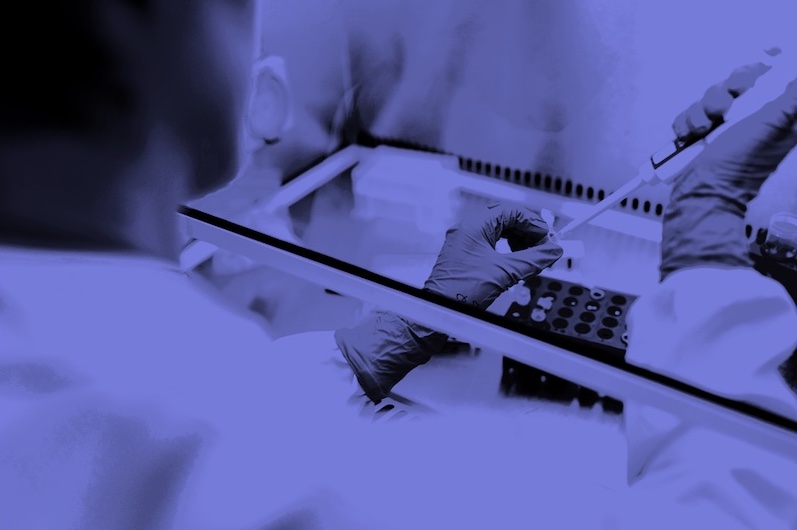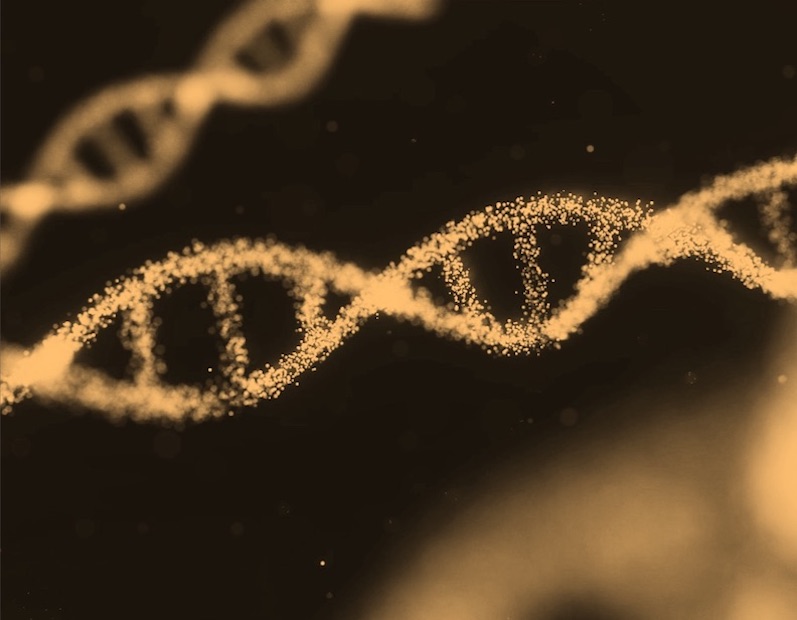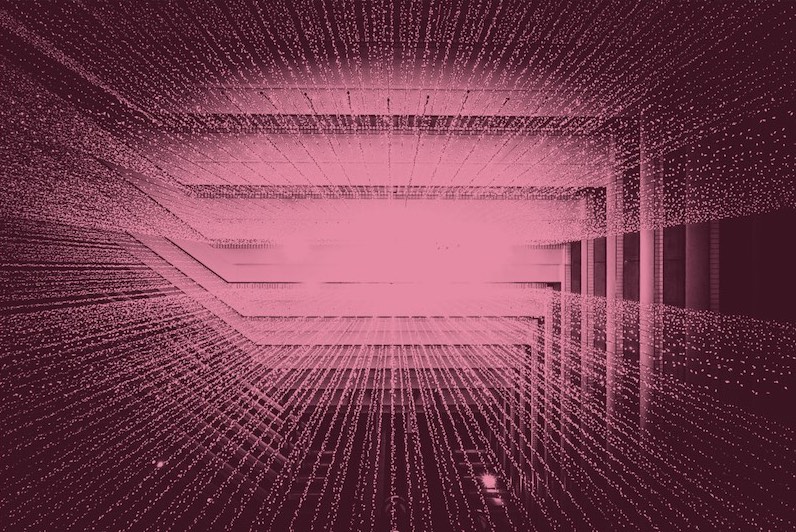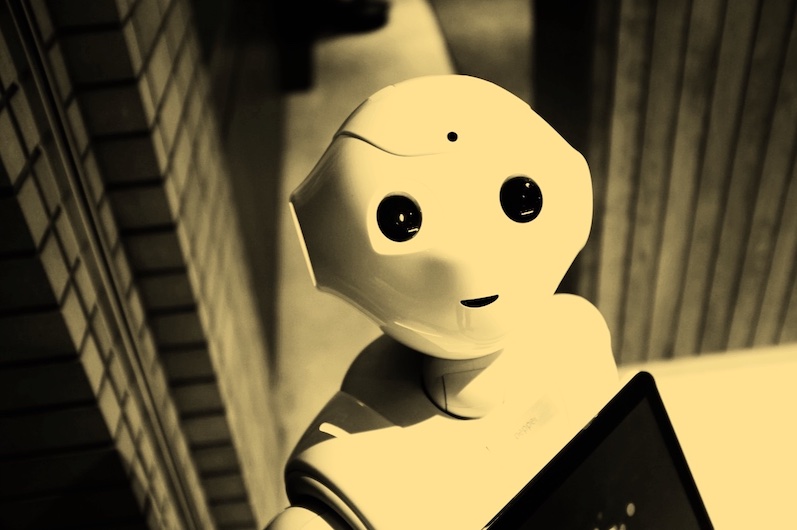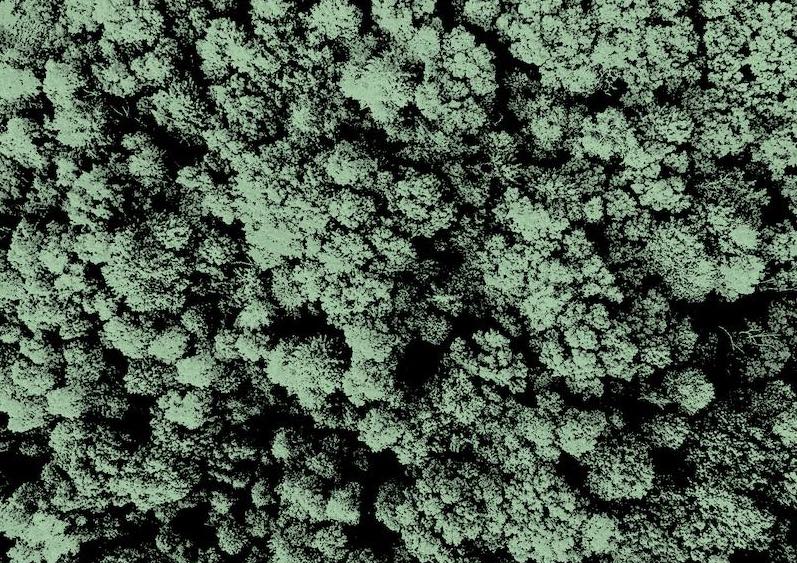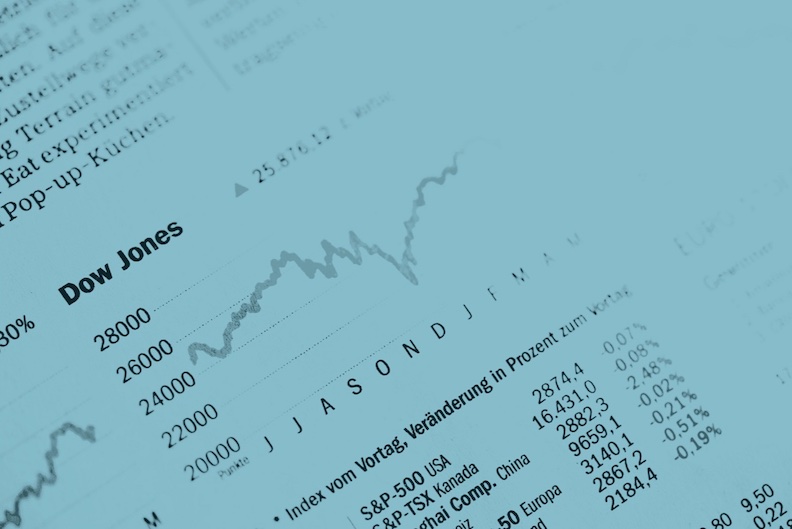What is it about?
There are two parameters that can be obtained with the nuclear magnetic resonance spectroscopy. One is related with the interaction between two nuclear spins that is transmitted through the electronic framework of a molecule. We developed an easy model that could explain how such transmission of information is worked out. Based on this model we found that there is a quantum network that grounds the transmission of quantum information stored in the nuclear quantum spins. The quantum bits of information are transmitted on the electronic framework through the entanglement among excitations of one-electron wavefunctions.
Featured Image
Why is it important?
It is the first time that the entanglement is introduced as the source of the NMR J-couplings. This phenomenon explain one of the most used empirical rules of NMR: the Karplus rule. Another important point. There is a mathematical-physics model under such statements that is based on propagators. Entanglement was always explained using one of the most popular languages of the quantum theory. Here we used for the first time another one: propagators.
Perspectives
Explaining why quantum qubits (nuclear spin states) are transmitted through an electronic framework may open the door to new developments of quantum computation. From a more fundamental point of view it would be interesting to look for the use of propagators as another mathematical tool for explaining the likely entanglement that occurs in N-electron quantum systems.
Gustavo Aucar
Read the Original
This page is a summary of: On the quantum origin of few response properties, The Journal of Chemical Physics, December 2020, American Institute of Physics,
DOI: 10.1063/5.0027545.
You can read the full text:
Contributors
The following have contributed to this page
